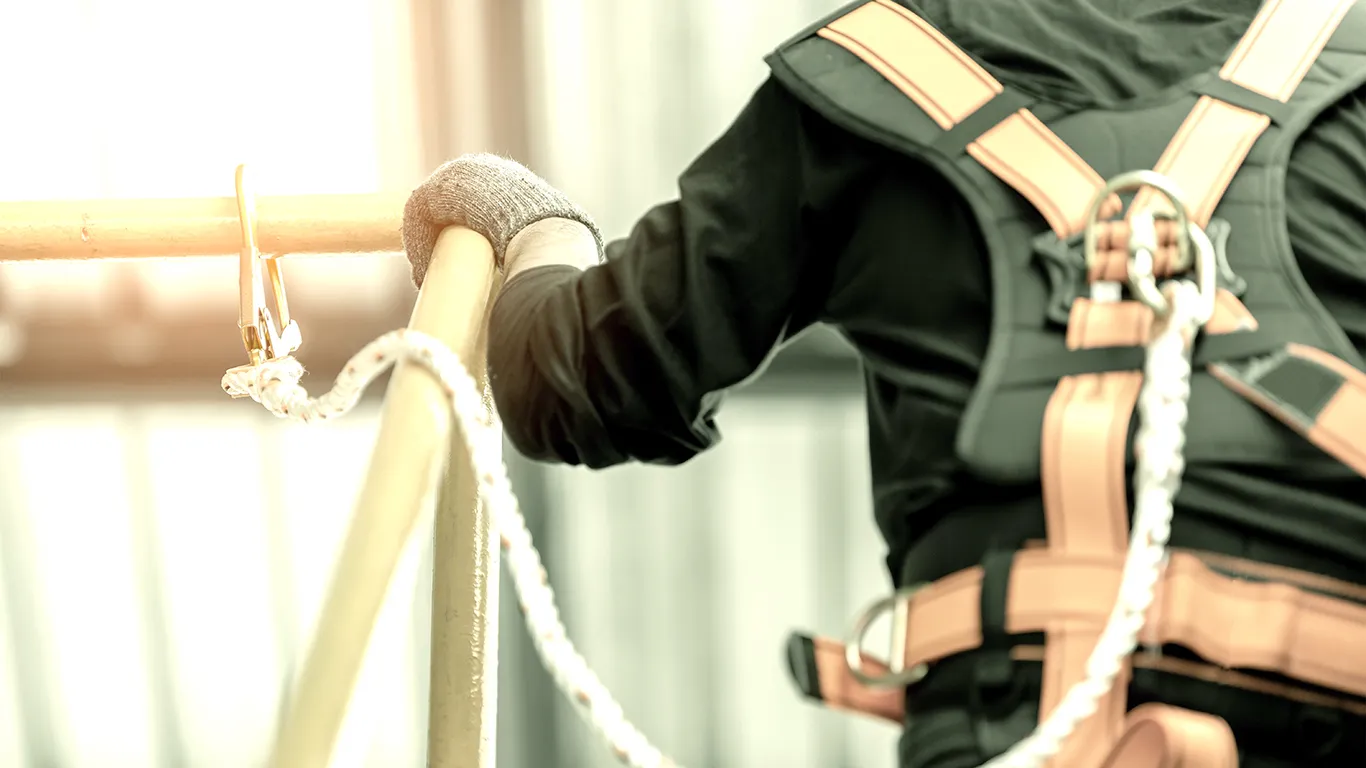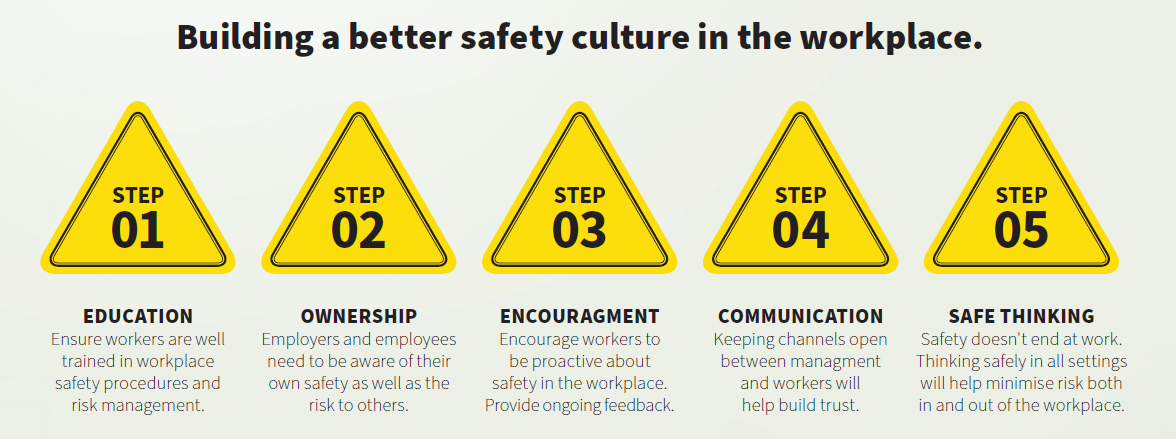

It’s been 11 years since I first stepped into the Quality and Safety role at Williams River Steel and I have to admit that the first 12 months was probably one of the most challenging but rewarding periods of my employment. Working my way through the newly implemented WHS Act and Regulations, developing and implementing a safety system compliant with AS/NZS4801 kept me and my colleagues very busy.
Since then, I am happy to report that injuries and incident occurrences throughout Williams River Steel group have significantly decreased with those at the forefront to thank for it. My colleagues’ approach to safety in the workplace is something I’m very proud of. We, and I mean workers across all industries have come a long way especially in construction in our knowledge of and approach to workplace safety.
In saying this, it saddens me to read about workplace injuries and deaths that have occurred in our industry recently. As parents, husbands, wives, sisters and brothers we rarely stop and think that one day it might happen to us. Instead, we head off to work to do our jobs to the best of our ability, look after our mates and head home at the end of the shift, safely, to our waiting families... and that’s how it should be.
What can we do as employers and colleagues to make sure this happens???
Education is the first step: Training workers in the safety management systems implemented and how they work to achieve optimum results within the company structure, will provide employees with the tools and skills needed for hazard and risks identification within the workplace. Supporting new and young employees is critical in any business; untrained or inexperienced staff can lead to unsafe work practices, increased risk and injury or incident.
Ownership: Everyone in the workplace has a responsibility for their own and their co-workers’ safety. Recognition for positive safety behaviour in the workplace will create confidence and nurture the skills that workers have developed.
Encouragement: Encouraging our workers to be proactive about safety means engagement and with engagement comes more effort and enhanced productivity. Workers will be more likely to speak up and offer valuable feedback and suggestions for safety improvement in their work environment. They will look out for their mates and incident and injury occurrence will lessen naturally as a result.
Communication: Keep communication channels open between management and workers. Consultation is the key, especially when changes in the workplace may affect health and safety of workers, listen to what they have to say. Workers are at the forefront of risky activity and will have valuable input into risk minimisation. When workers have trust in management they will participate.
Safety Doesn’t Stop at Work: As employers and employees we need to keep learning new skills, keep up to date with change and learn from our mistakes, leading to continuous improvement. Workplace safety flows into our lives everyday, well informed and confident persons will be more aware of the risk surrounding them every day and how they can avoid potentially dangerous or risky situations. Thinking safety will become a natural tool that we use to protect ourselves, our mates and our families.

As employers our focus must be on fostering a strong safety culture within the workplace to not only improve health and safety but increase productivity, performance, staff retention and most of all a reduction in workplace incident. Employees will want to work for an organisation that appreciates and cares about their safety; giving back in return.
Whether it be a large or small project for Williams River Steel, the level of safety that we expect remains the same from workers, contractors and other stakeholders involved in the projects. With several large builds coming up in the near future I’m not only looking forward to reporting excellent safety results next issue but am confident that we will get through them with nothing more than a band aid for a new boot blister!!!!
~ Debbie Way, Quality Assurance and Safety.